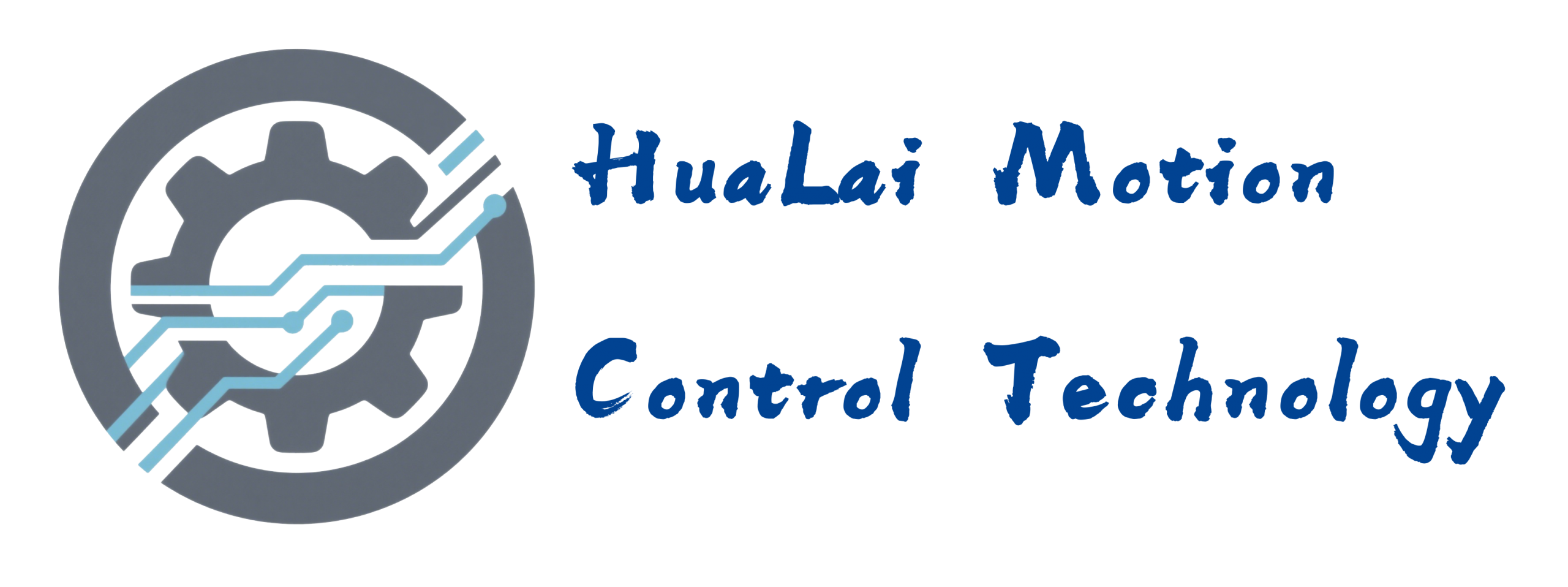What is a variable-speed drive?
What is a variable-speed drive?
The basic function of a variable speed drive (VSD) is to control the energy flow from the power supply to the process. The variable speed drive is located between the power supply and the motor. The power from the power source enters the driver, and then the driver regulates the power fed to the motor.
Inside the driver, the input power operates through a rectifier, which converts the input AC power to DC power. The DC power supply is fed into the capacitor inside the driver. This is done to smooth the electrical waveform and provide a clean power supply for the next step. Then the power flows from the capacitor to the inverter, which converts the direct current into output alternating current and then enters the motor.
This step allows the driver to adjust the frequency and voltage fed into the motor according to your current process requirements. This means that you can run the AC motor at speed or torque as needed. This is why you can save a lot of money by using an AC drive.
In addition to saving energy, variable speed drives can also help you reduce maintenance costs, waste and even environmental noise emissions. They are also good ways to help you achieve your environmental goals.
What are the differences between variable speed drives, frequency conversion drives and AC drives?
Variable speed drives (VSD) are sometimes called variable frequency drives (VFD) or AC drives.
Using a variable-speed drive to control the motor can save a significant amount of costs
Nearly 70% of industrial electricity is used to power electric motors. These motors are the main force of the business, ranging from pumps that convey fluids to fans that transport air, to compressors, conveyors, and various types of machines that rely on rotational force to complete their work.
It is precisely these motors that are the key to helping you reduce energy consumption and carbon dioxide emissions, and even find more energy-efficient solutions for your customers. Pumps, fans and compressors usually operate at a constant speed, and the flow rate and destination are controlled by manually opening and closing the valves in the pipeline. This usually makes the start-up process very labor-intensive. For instance, starting a pumping station might take one person up to an hour. When the labor costs add up, people sometimes have to travel long distances to remote locations. In some facilities, this process is automated, but energy consumption is very poor.
There is also a more energy-efficient alternative. Running these applications with variable-speed drives can immediately save energy consumption and also bring long-term competitive advantages. Any process that uses an electric motor with a variable-speed drive can achieve significant financial savings and operational benefits. You may want to closely examine your operations and processes, regardless of their size, to see how targeted use of variable speed drives can help you achieve rapid financial returns and long-term competitive advantages.

